Details of the Target
General Information of Target
| Target ID | LDTP01421 | |||||
|---|---|---|---|---|---|---|
| Target Name | Actin-like protein 6B (ACTL6B) | |||||
| Gene Name | ACTL6B | |||||
| Gene ID | 51412 | |||||
| Synonyms |
ACTL6; BAF53B; Actin-like protein 6B; 53 kDa BRG1-associated factor B; Actin-related protein Baf53b; ArpNalpha; BRG1-associated factor 53B; BAF53B |
|||||
| 3D Structure | ||||||
| Sequence |
MSGGVYGGDEVGALVFDIGSFSVRAGYAGEDCPKADFPTTVGLLAAEEGGGLELEGDKEK
KGKIFHIDTNALHVPRDGAEVMSPLKNGMIEDWECFRAILDHTYSKHVKSEPNLHPVLMS EAPWNTRAKREKLTELMFEQYNIPAFFLCKTAVLTAFANGRSTGLVLDSGATHTTAIPVH DGYVLQQGIVKSPLAGDFISMQCRELFQEMAIDIIPPYMIAAKEPVREGAPPNWKKKEKL PQVSKSWHNYMCNEVIQDFQASVLQVSDSPYDEQVAAQMPTVHYEMPNGYNTDYGAERLR IPEGLFDPSNVKGLSGNTMLGVGHVVTTSIGMCDIDIRPGLYGSVIVTGGNTLLQGFTDR LNRELSQKTPPSMRLKLIASNSTMERKFSPWIGGSILASLGTFQQMWISKQEYEEGGKQC VERKCP |
|||||
| Target Bioclass |
Other
|
|||||
| Family |
Actin family
|
|||||
| Subcellular location |
Nucleus
|
|||||
| Function |
Involved in transcriptional activation and repression of select genes by chromatin remodeling (alteration of DNA-nucleosome topology). Component of SWI/SNF chromatin remodeling complexes that carry out key enzymatic activities, changing chromatin structure by altering DNA-histone contacts within a nucleosome in an ATP-dependent manner. Belongs to the neuron-specific chromatin remodeling complex (nBAF complex), as such plays a role in remodeling mononucleosomes in an ATP-dependent fashion, and is required for postmitotic neural development and dendritic outgrowth. During neural development a switch from a stem/progenitor to a postmitotic chromatin remodeling mechanism occurs as neurons exit the cell cycle and become committed to their adult state. The transition from proliferating neural stem/progenitor cells to postmitotic neurons requires a switch in subunit composition of the npBAF and nBAF complexes. As neural progenitors exit mitosis and differentiate into neurons, npBAF complexes which contain ACTL6A/BAF53A and PHF10/BAF45A, are exchanged for homologous alternative ACTL6B/BAF53B and DPF1/BAF45B or DPF3/BAF45C subunits in neuron-specific complexes (nBAF). The npBAF complex is essential for the self-renewal/proliferative capacity of the multipotent neural stem cells. The nBAF complex along with CREST plays a role regulating the activity of genes essential for dendrite growth. ACTL6B/BAF53B is not essential for assembly of the nBAF complex but is required for targeting the complex and CREST to the promoter of genes essential for dendritic growth. Essential for neuronal maturation and dendrite development.
|
|||||
| Uniprot ID | ||||||
| Ensemble ID | ||||||
| HGNC ID | ||||||
Probe(s) Labeling This Target
ABPP Probe
| Probe name | Structure | Binding Site(Ratio) | Interaction ID | Ref | |
|---|---|---|---|---|---|
|
Probe 1 Probe Info |
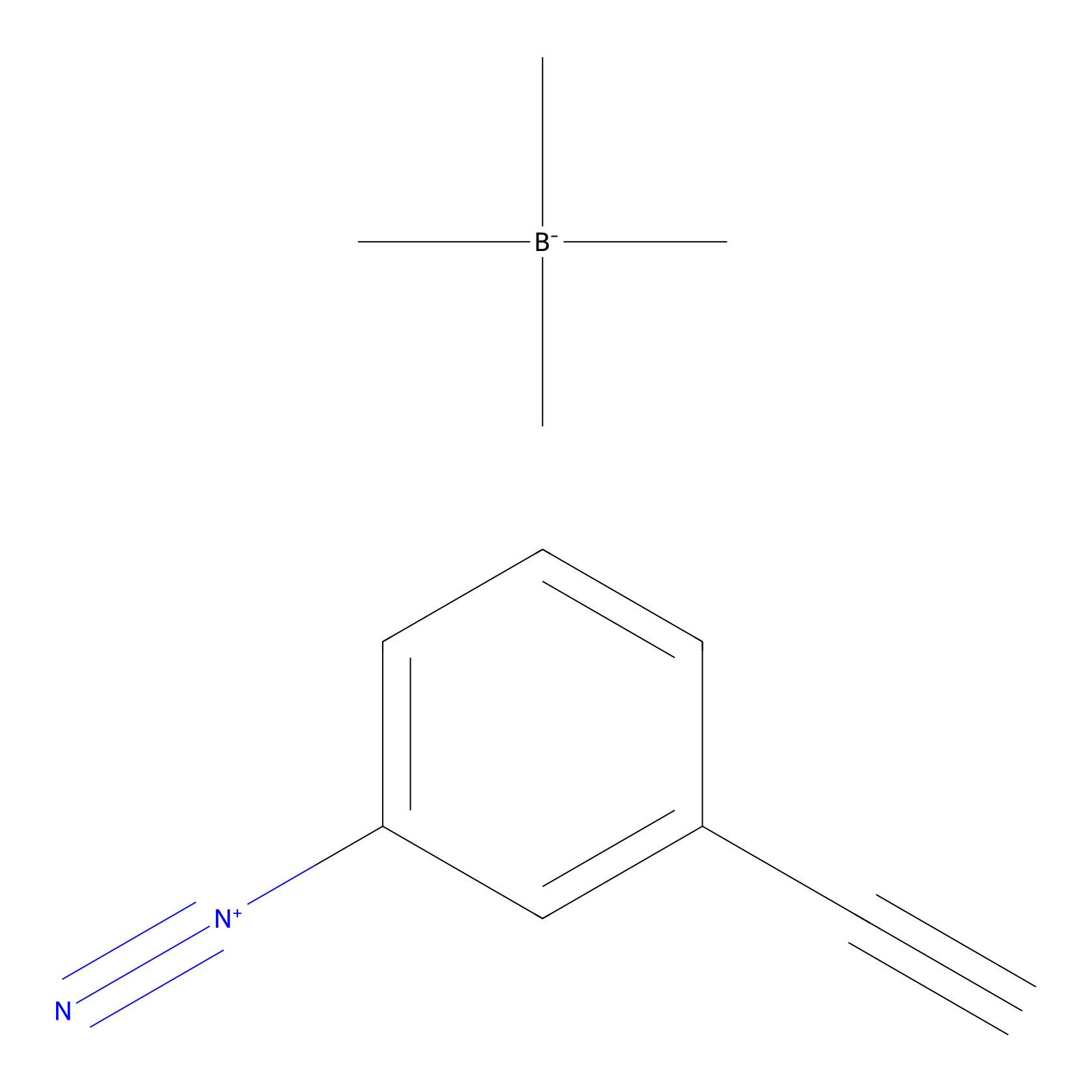 |
Y27(39.93); Y413(23.69) | LDD3495 | [1] | |
|
DBIA Probe Info |
 |
C32(1.01) | LDD3314 | [2] | |
|
PF-06672131 Probe Info |
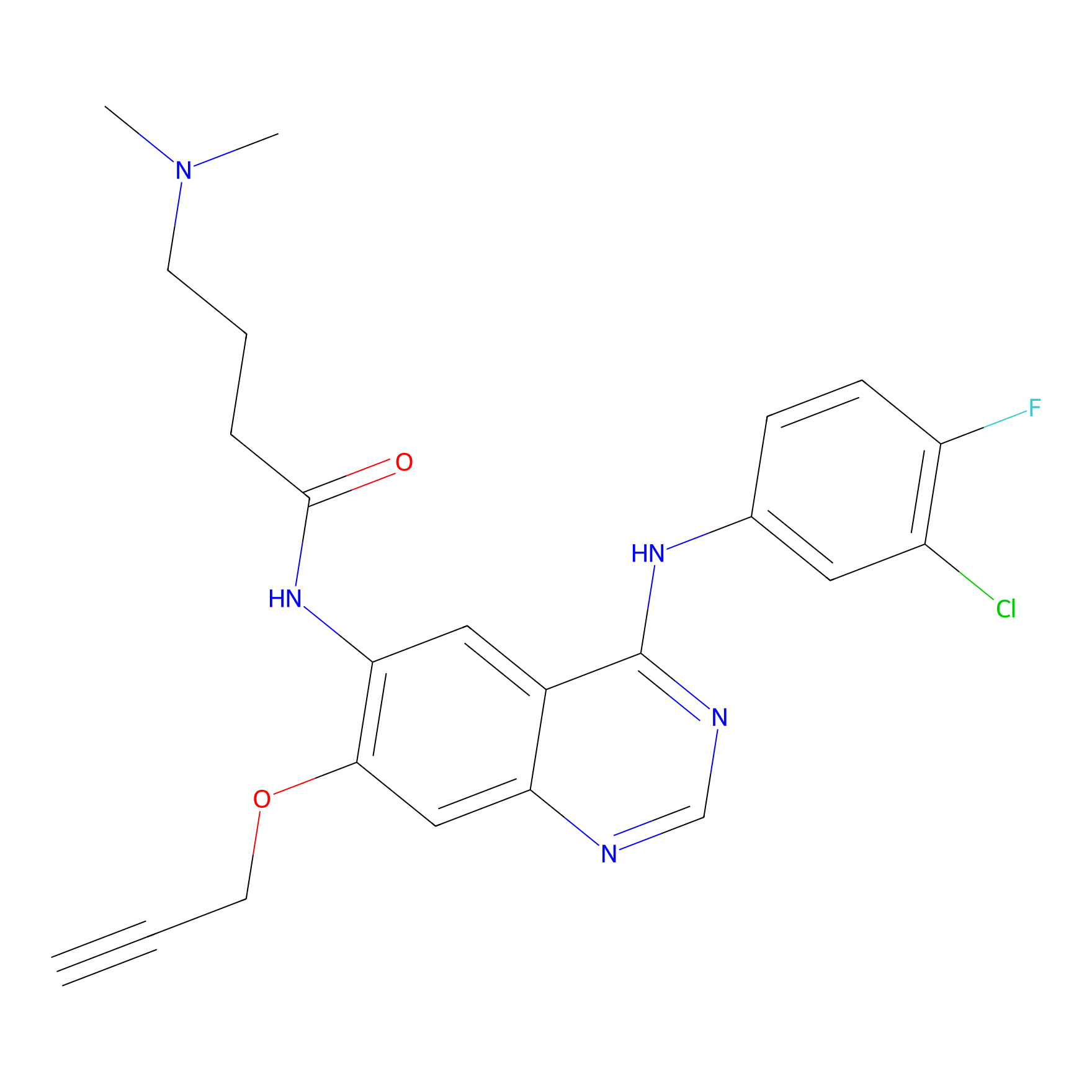 |
N.A. | LDD0152 | [3] | |
|
Acrolein Probe Info |
 |
N.A. | LDD0217 | [4] | |
|
Crotonaldehyde Probe Info |
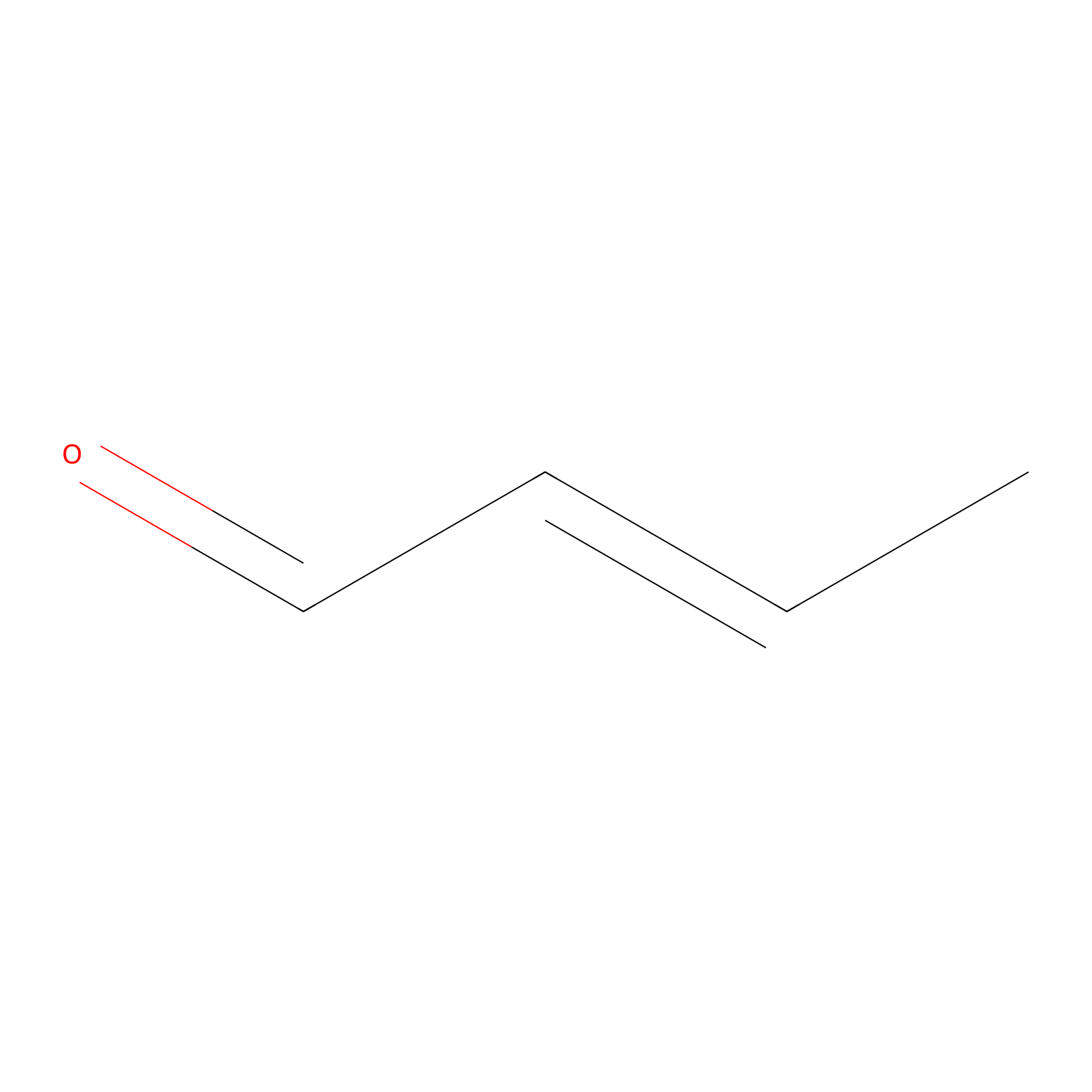 |
N.A. | LDD0219 | [4] | |
|
Methacrolein Probe Info |
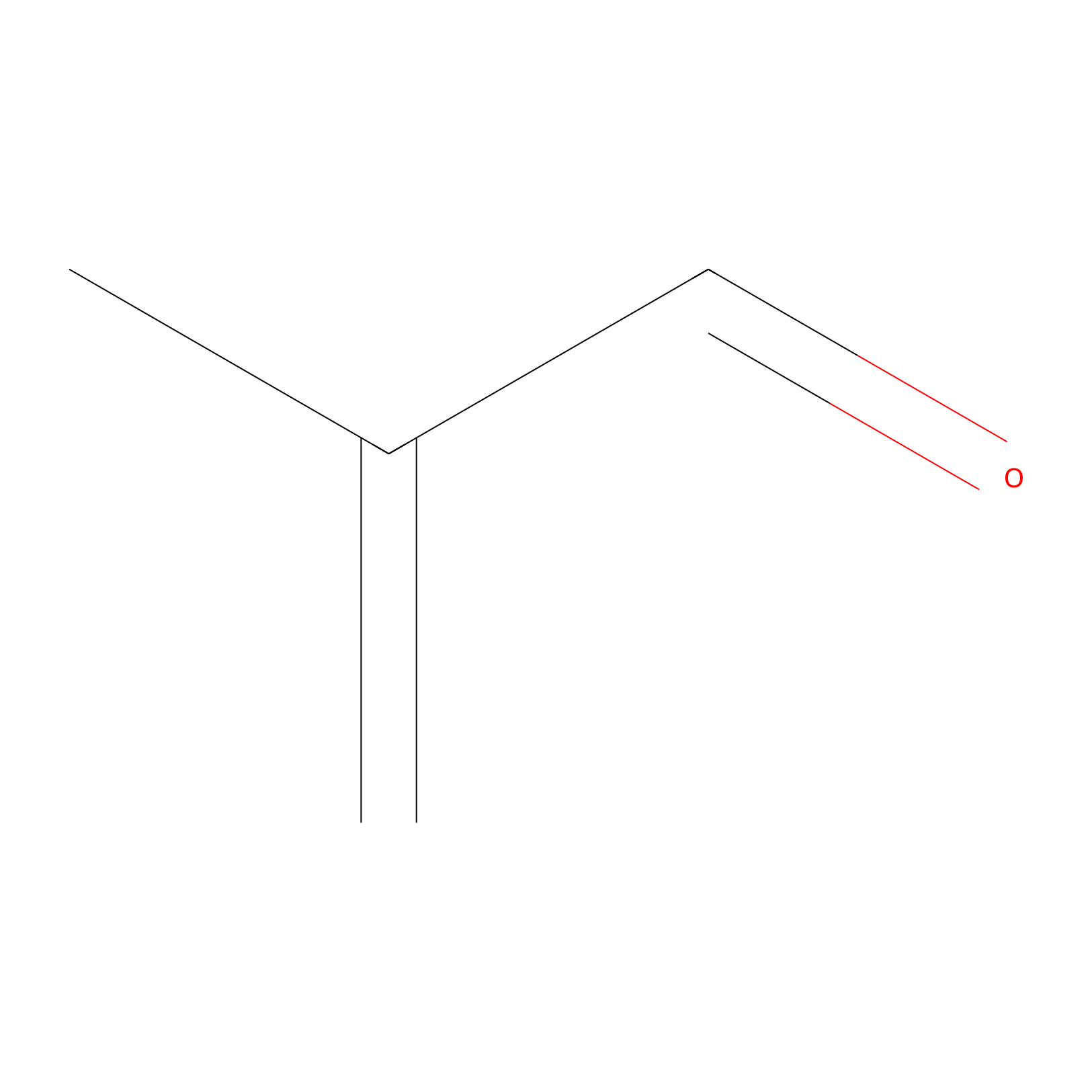 |
N.A. | LDD0218 | [4] | |
|
W1 Probe Info |
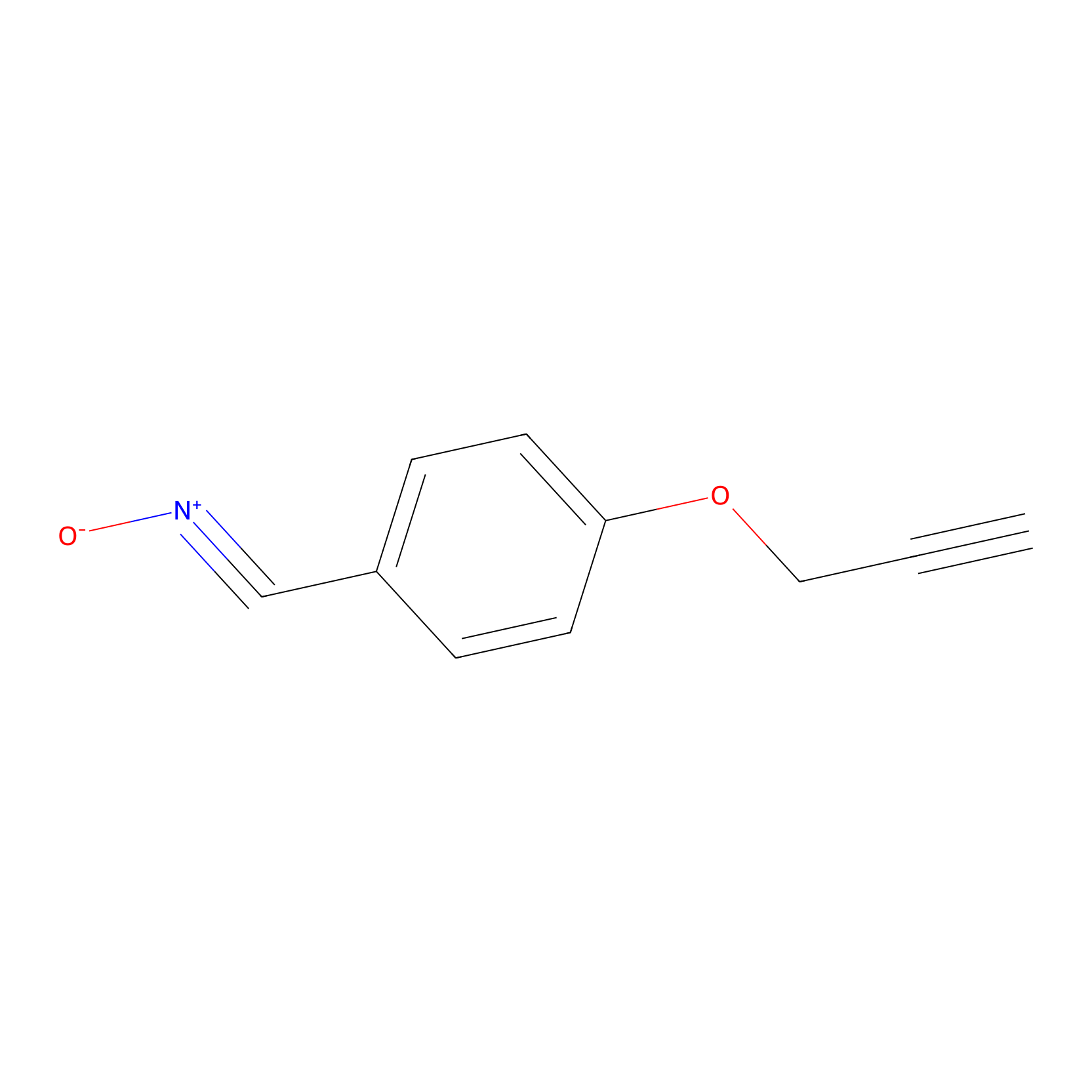 |
N.A. | LDD0236 | [5] | |
|
NAIA_5 Probe Info |
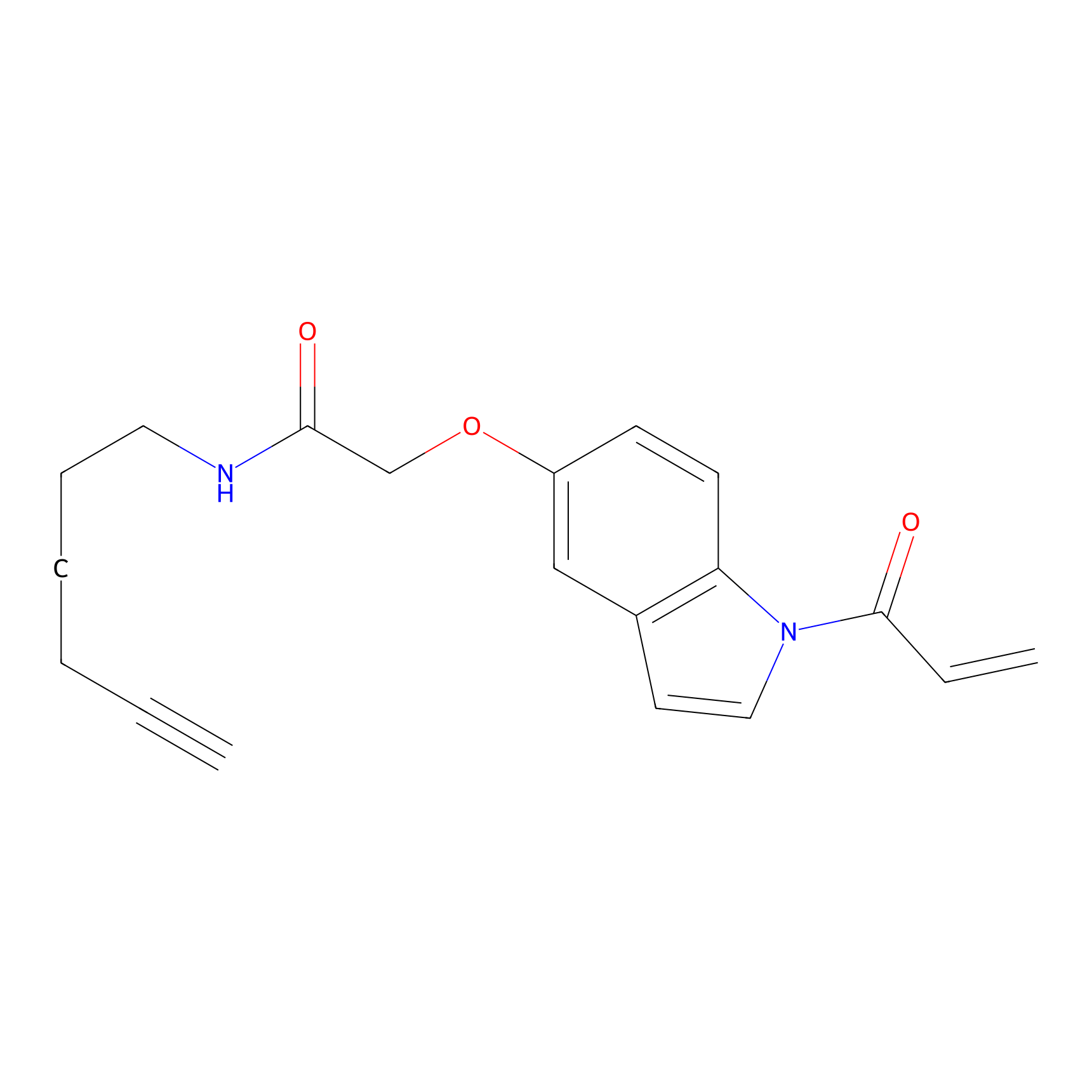 |
C32(0.00); C420(0.00) | LDD2223 | [6] | |
Competitor(s) Related to This Target
References
